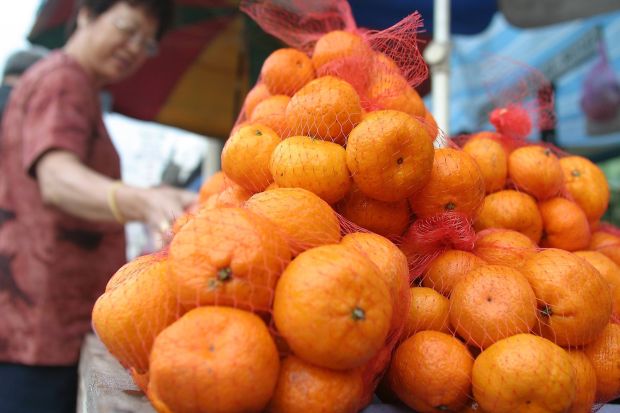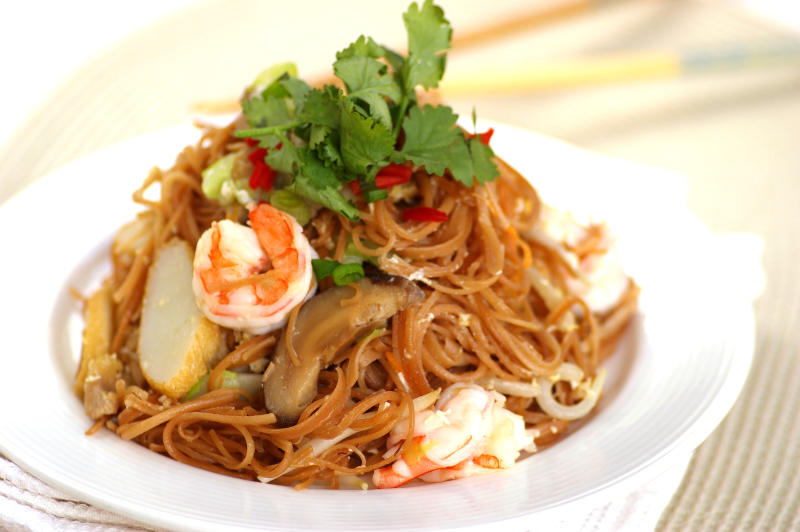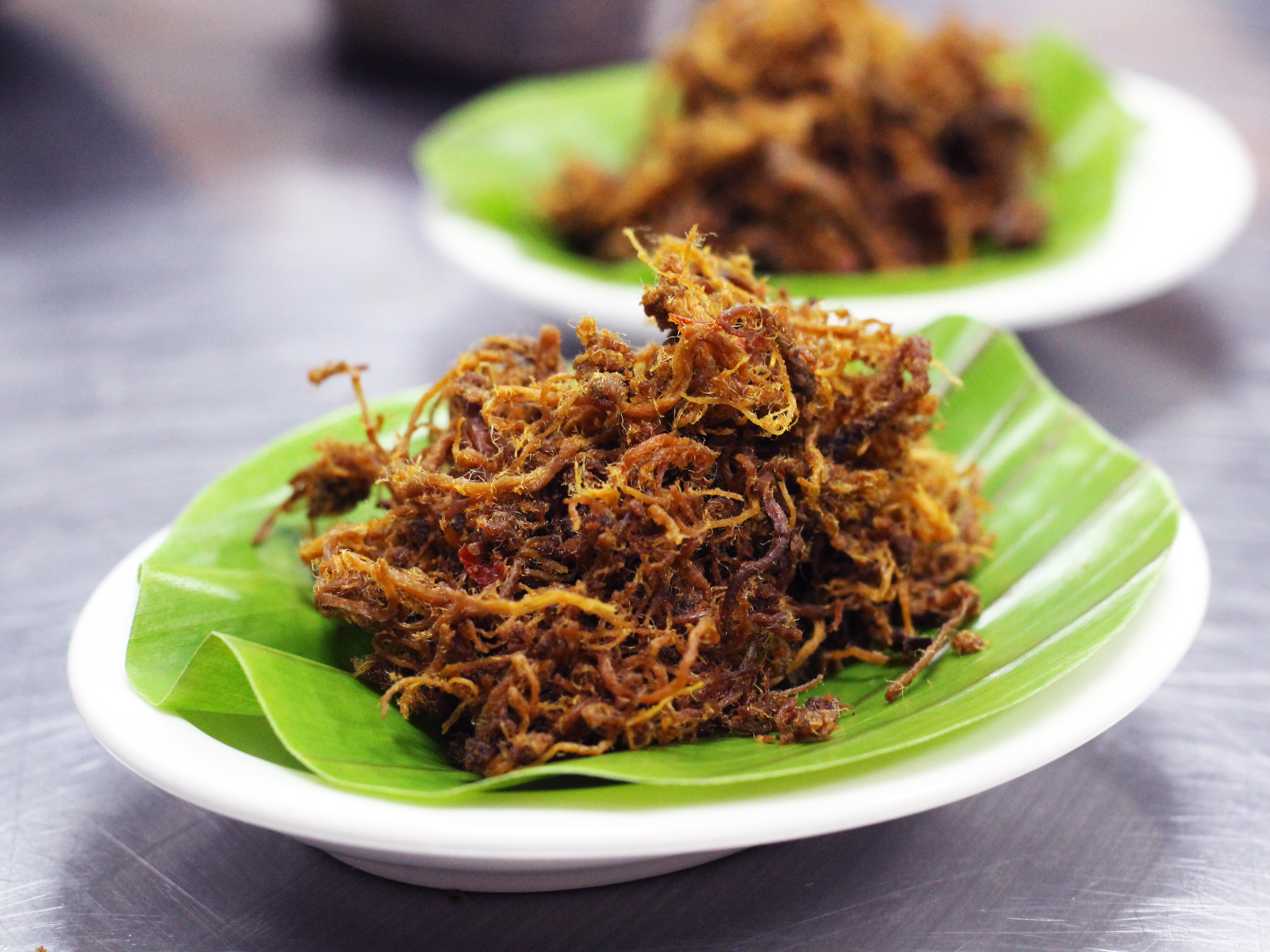What else to eat besides oranges.
HAVE you had your fill of Mandarin oranges yet? It wouldn’t be the Lunar New Year without those little gold orbs called lokam, but some of us, no doubt, may find them a bit too much after awhile.
If you still have more oranges than you can eat, note that they do have a place in cooking. Star2’s Don’t Call Me Chef columnists provide some ideas and recipes on how to use up those Mandarin oranges. Watch out for the article on Feb 2.
In the meantime, let’s have a look at a few other must-have traditional foods and snacks to celebrate the Spring Festival with.

Yee Sang
Start off the celebrations with a toss of yee sang for year-long prosperity. Don’t forget to shout out your hopes and dreams!
Some of these dishes can contain 20 or more ingredients and each one has its own meaning. There’s even a correct way to pour the sauce and oil onto the salad to encourage money to flow.

Bakkwa
Good quality dried meat floss can be expensive and so it is usually reserved as a luxury festive food. Although at other times of the year, bakkwa is made into a sandwich, at Chinese New year, is it often served as finger food and munched on its own or enjoyed with drinks.

Nian gao
The sticky sweet cake often makes its appearance around Chinese New Year. Its function is usually more ceremonial than consumed for enjoyment.
But it’s delicious when sandwiched between sweet potato and taro, dipped into batter and deep-fried. Then it becomes a salty, molten and moreish snack.
Star2 is running a cover story on the fried nian gao made by Imbi Fried Gold Cake on Feb 2. Watch out for it.

Black melon seeds (Kuaci)You can’t sit around chatting or watching TV without the crick-crack of melon seeds being deftly popped open between teeth.

And don’t forgot all those little snacks that we gorge on too: Love letters, jam tarts, peanut puff and kuih bangkit.







